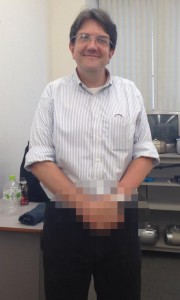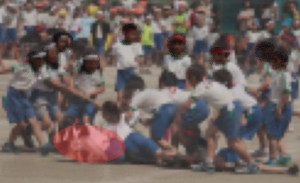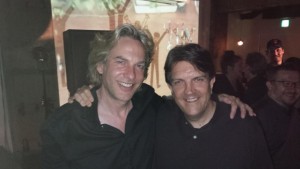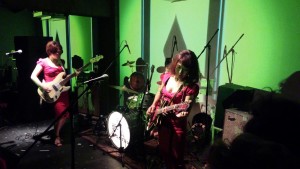Another late one, which means another drunk blog. We’ve got to stop meeting like this.
Tonight, as a kind of welcome party for my new colleagues, a few of us headed over to Saitama-city (the capitol of Saitama Prefecture) for the Japan Craft Beer Festival. I had stumbled across this annual event a few years ago when I was on my way to a night class. I had to go to the immigration office nearby and then headed over to a Hawaiian hamburger place. Along the way I stumbled across several kiosks serving exotic beer. Although I’m not a huge beer fan, I do appreciate a good ale and a good stout. I therefore started singing something like “oh sweet mystery of life at last I’ve found thee” but then remembered I was on my way to work. I therefore did some quick math involving time and blood alcohol levels and molecular decay and then got confused by all the math and decided it was best not to drink anything.
This time, though, I arrived early and was immediately freaked out by the crowds. Thousands of people had assembled and most of them had brought tarps to set out on the sidewalk under the trees. Hundreds of them had brought their children and forced them to participate in a large drunken picnic. I bought a beer and some fried chicken from a brewer connected to one of my friends and muscled my way into a place to set my food and drink. One American Style India Pale Ale from Brimmer Brewing later I felt a lot better about the crowd. I went and had dinner and did some shopping and then came back and met my friends. The crowd didn’t get smaller–in defense of the crowd it was a great night to be outside drinking beer.
We then proceeded to drink our way across a good portion of Japan. Craft beers, or micro-breweries are a relatively new concept in Japan. Before 1994 in order to get a brewing license a brewer had to produce about 528,000 barrels of beer. After 1994 the amount changed to around 500 barrels and micro-breweries began appearing around the country.
One of the things I like about craft beers is you can drink several and never drink the same flavor. Even the same beer from the same brewer can vary from year to year. The major brewers in the USA are kind of like McDonalds: the menu is pretty much always the same always tastes the same and you pretty much know what you’re going to get. Craft beer is more risky, mostly because the brewers actually take risks.
The second beer was a House India Pale Ale from Shiga Kogen Brewery. It had a strong hoppy flavor that created an instant craving for salt. We then got a four pack from Hakone Brewery. We liked them all but the stout was too heavy for a summer night. We then experimented with WineRed from Virgo Beer. This was a fruity, wine flavored gruesome concoction that reminded me of a spritzer made with beer. It actually got better as it warmed.
Towards the end, a friend of a friend did a suicide by mixing all the unfinished beers on the railing (we never got a seat; we just seized a portion of the railing). The result was surprisingly tasty, which told me I’d had enough to drink and it was time to go home.
Despite the crowd and the copious amounts of alcohol I didn’t notice any problems. There was one security guard walking around with a glowing baton acting as if he was in charge of the crowd. We all laughed at him because just the drunk foreigners present–and there was one guy there in a pirate outfit–could have ripped him to pieces and then gone for more beer. We didn’t know whether to mock him or buy him a beer.





